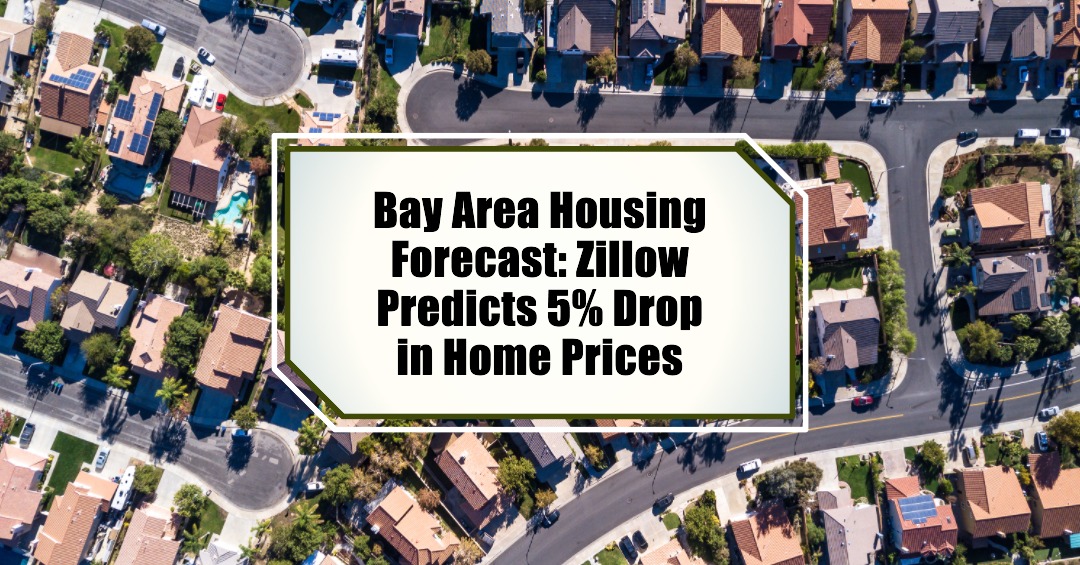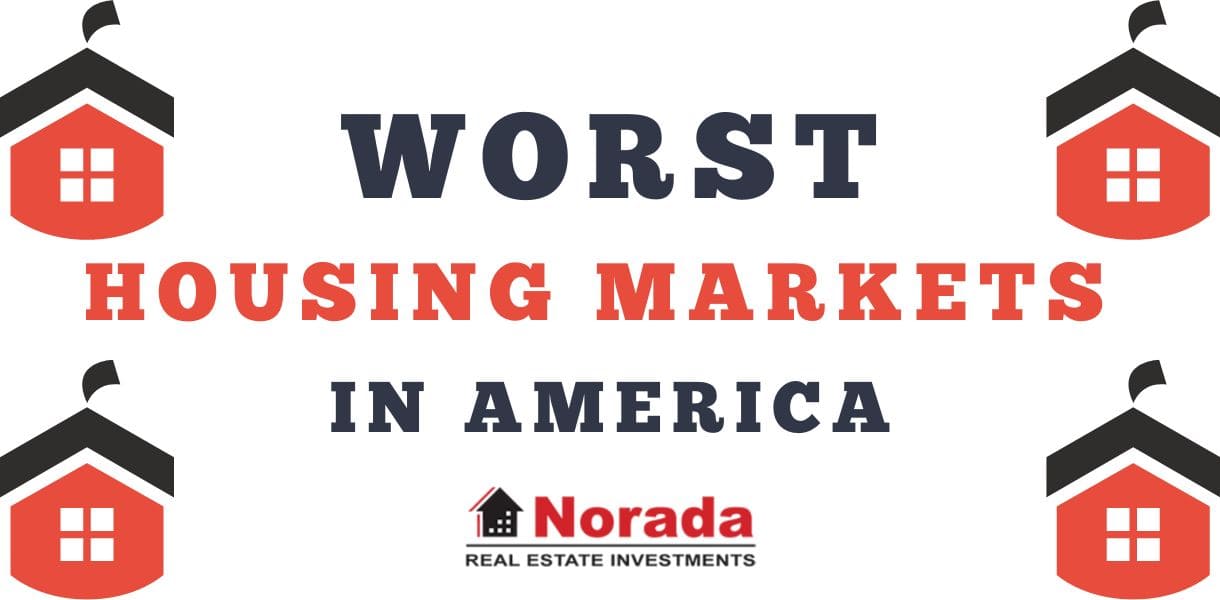If you're keeping a close eye on the crazy world of Bay Area real estate, like I am, you've probably felt the ground shifting a bit. Well, the latest word from Zillow is adding to that feeling: their forecast suggests that Bay Area home prices are expected to drop by about 5% by the end of March 2026.
Specifically, for the San Francisco metro area, Zillow is predicting a 5.2% decline between the end of March 2025 and the end of March 2026. This news might bring a mix of emotions, depending on whether you're dreaming of buying a home here or already own one. Let's dive into what this forecast means and what could be driving this shift in one of the nation's most competitive housing markets.
Bay Area Housing Forecast: Zillow Predicts 5% Drop in Home Prices
What's Behind the Predicted Price Dip?
It's not just a random guess, of course. Zillow's prediction is based on a combination of factors they're seeing in the current market and what they anticipate happening over the next year or so. Nationally, they're forecasting a 1.9% decrease in home values for this year, a significant change from their earlier expectation of a slight increase. This nationwide trend is definitely playing a role in what's happening here in our beloved Bay Area.
One of the main reasons for this expected cooling is the interplay between rising available listings and still-high mortgage rates. For a long time, we saw incredibly low inventory in the Bay Area, which drove prices sky-high. Now, more homes are coming onto the market, giving buyers more choices and, importantly, more time to make a decision. This shift in supply and demand dynamics naturally puts some downward pressure on prices.
And let's not forget those mortgage rates. While they've come down from their peak, they're still significantly higher than what we saw just a few years ago. Zillow anticipates rates will likely hover around 6.5% by the end of 2025. These elevated rates make buying a home more expensive, impacting affordability and further influencing the willingness and ability of buyers to pay top dollar.
More Choices for Buyers, More Negotiation for Sellers
From my perspective, as someone who's followed the Bay Area market closely, this forecast feels like a bit of a return to a more balanced market. For years, it's felt like sellers held all the cards. Now, with increased supply, buyers are finally gaining some leverage. They have more homes to consider, and they're not feeling the same intense pressure to make lightning-fast decisions and overpay.
We're already seeing evidence of this shift. Zillow notes that nationally, sellers are cutting prices at record levels to attract bids. This is a clear sign that the frenzy we've experienced is easing, and sellers are having to be more realistic about their asking prices. I wouldn't be surprised to see this trend continue, and even accelerate, in the Bay Area over the coming months.
What About Home Sales?
Interestingly, while Zillow predicts a drop in home values, they also anticipate an increase in existing home sales nationally, projecting around 4.2 million sales in 2025, a 3.3% rise from 2024. This might seem counterintuitive, but it makes sense when you consider the dynamics at play.
As the spring buying season gets underway, Zillow expects a temporary uptick in sales. More importantly, if home prices do indeed soften and mortgage rates potentially decline later in the year, this could significantly improve affordability and bring more buyers back into the market. I think many potential buyers who have been sitting on the sidelines, waiting for a more favorable environment, might finally feel ready to make a move.
The Rental Market: A Different Story?
While the for-sale market is expected to cool somewhat, the rental market presents a slightly different picture. Zillow forecasts that single-family rents will rise by 3.1% in 2025, while multifamily rents are expected to increase by 2.1%. While these growth rates are slower than what we've seen recently, they still indicate an upward trend.
Several factors contribute to this. Firstly, affordability challenges and economic uncertainty are pushing some would-be buyers to delay their home purchases and continue renting. This increased demand, particularly for single-family rentals, is likely to keep upward pressure on rents. Additionally, while apartment construction may be slowing down, the demand for housing in general, especially in a desirable area like the Bay Area, remains strong.
My Take on the Bay Area Forecast
Having observed the ups and downs of the Bay Area real estate market for a while now, I think Zillow's forecast feels pretty grounded. The combination of higher interest rates and increased inventory was bound to have some impact on prices. The rapid appreciation we saw during the pandemic simply wasn't sustainable in the long run.
However, it's crucial to remember that real estate is hyper-local. While Zillow's forecast provides a broad overview for the San Francisco metro area, conditions can vary significantly from city to city and even neighborhood to neighborhood. Some areas might see a more pronounced price correction, while others might remain relatively stable. Factors like local job growth, school district quality, and overall desirability will continue to play a significant role.
For potential buyers who have felt priced out for years, this predicted dip could offer a much-needed opportunity to finally enter the market. It's important to be prepared, do your research, and work with a knowledgeable real estate agent who understands the nuances of the local market.
For current homeowners, a 5% drop might sound concerning. However, it's essential to keep this in perspective. Over the long term, Bay Area real estate has historically appreciated. A moderate correction could actually be a healthy thing for the market, preventing another unsustainable bubble from forming.
What Should You Do?
If you're thinking of buying or selling in the Bay Area, now is the time to be informed and strategic.
- For Buyers: This could be your chance! Keep a close eye on listings, get pre-approved for a mortgage so you're ready to act when you find the right place, and don't be afraid to negotiate.
- For Sellers: Be realistic about your pricing expectations. Work with your agent to understand the current market conditions in your specific area and price your home competitively.
In Conclusion
The prediction of a 5% drop in Bay Area home prices by Zillow signals a potential shift in the market dynamics. While it might bring some relief to prospective buyers, current homeowners should focus on the long-term value of their investment. As always, the real estate market is complex and influenced by numerous factors. Staying informed and working with experienced professionals will be key to navigating these evolving conditions.
Work with Norada, Your Trusted Source for
Turnkey Investment Properties
Discover high-quality, ready-to-rent properties designed to deliver consistent returns.
Contact us today to expand your real estate portfolio with confidence.
Contact our investment counselors (No Obligation):
(800) 611-3060
Also Read:
- Bay Area Housing Market: Prices, Trends, Forecast 2025
- Bay Area Housing Market Predictions 2030
- Is the San Francisco Housing Market Heating Up in 2025?
- San Francisco Housing Market Crash 2025: Will it Happen?
- Bay Area Housing Market Soars With Largest Gain in Home Sales
- Bay Area Housing Market Forecast for the Next 2 Years: 2025-2026
- Bay Area Housing Market: What Can You Buy for Half a Million?
- Bay Area Home Prices Skyrocket: Wealthy Buyers Fuel Market
- Bay Area Housing Market Booming! Median Prices Hit Record Highs
- Most Expensive Housing Markets in California
- SF Bay Area Housing Market Records 19% Sales Growth in July 2024
- Bay Area Housing Market Heats Up: Home Prices Soar 11.9%





